The relief from the COVID-19 pandemic today is globally phenomenal. However, its architectural representation still suggests dramatic variables caused by different localities. Conspicuously, the imposition of social distancing has been displayed very differently in different places upon architectural treatment. This paper argues that such a built scenario can be understood through a theorisation of a ‘postcolonial-urban complex’ that integrates architecture’s inevitable engagement in the discourses of form and knowledge and the postcolonial values registered in spatial signification. The postcolonial-urban complex refers to a series of leads to a subject position of the post-pandemic-built environment, including a sense of counter-dualism, the dynamics of domination and the reified subjectivation. Existing scholarship of architectural and urban studies hence needs a thorough re-examination into the epistemic suitability for responding the immediate historicity. This paper argues that such a demand has become sensible from the recent situation of Asia and its architecture and urbanism – the engagement of some Asian metropolitan areas in shaping ephemeral and micro-geopolitical forms reacting to the limits caused by social distancing give evidence. To further consolidate such argumentation, this paper intends to examine semiotically and empirically the post-pandemic architectural treatment in Taipei, Taiwan, as a preliminary yet critical pilot study.(建城所林家暉教授提供)
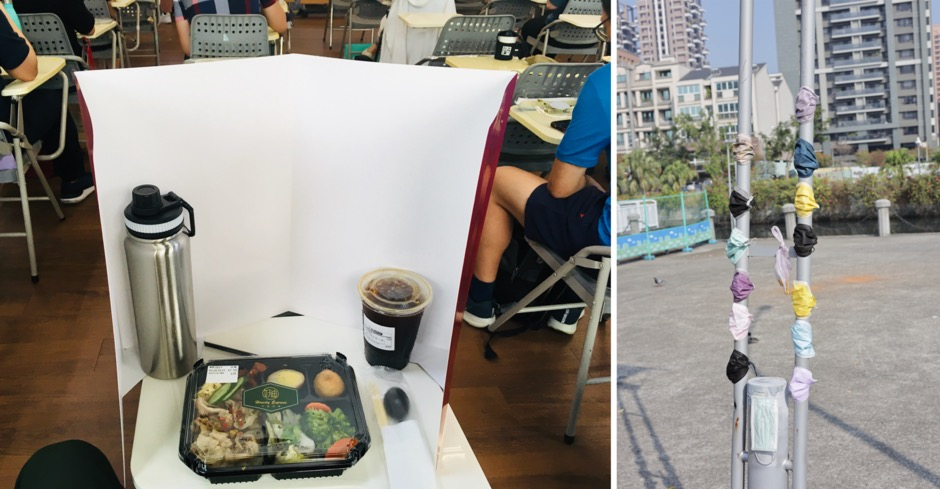
Figure 1 The spatial treatment differently displayed during and after the pandemic from a surface observation. (Source: the author)
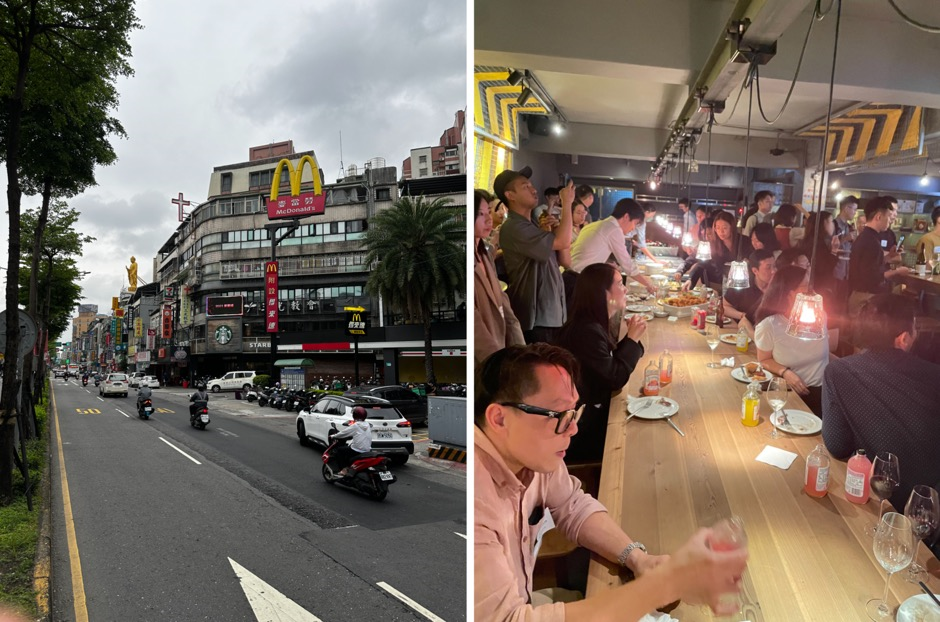
Figure 2 The complexity of the built environment in Asia and the post-pandemic ambivalence caused by the coexistence of the impact of social distancing awareness and the dominating spatio-scale convention. (Source: the author)
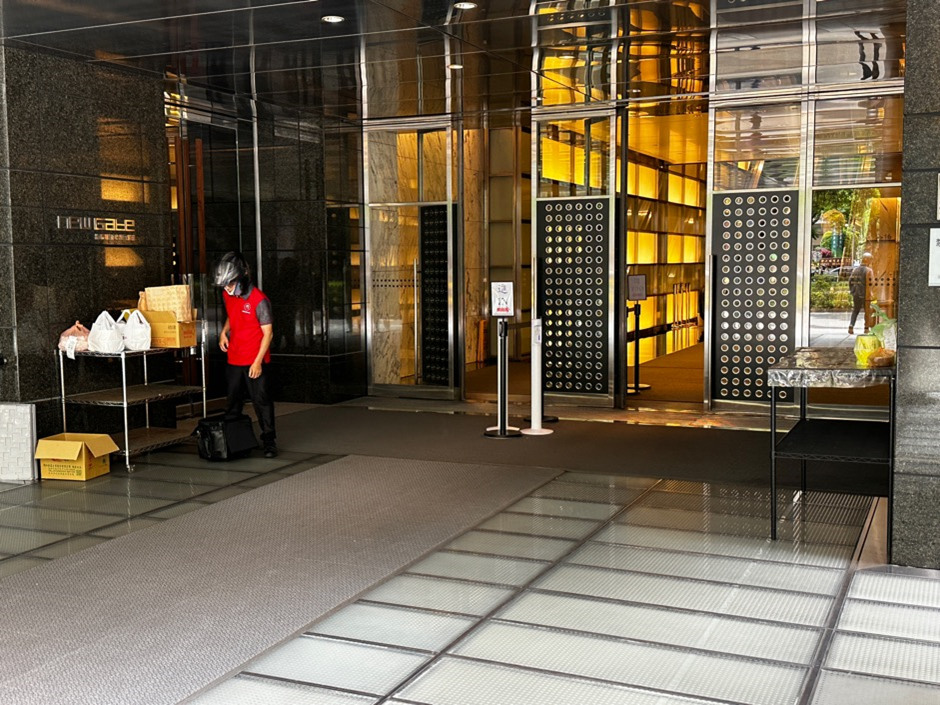
Figure 3 A physical control point set at the main entrance of an office building in Taipei, Taiwan. (Source: the author)
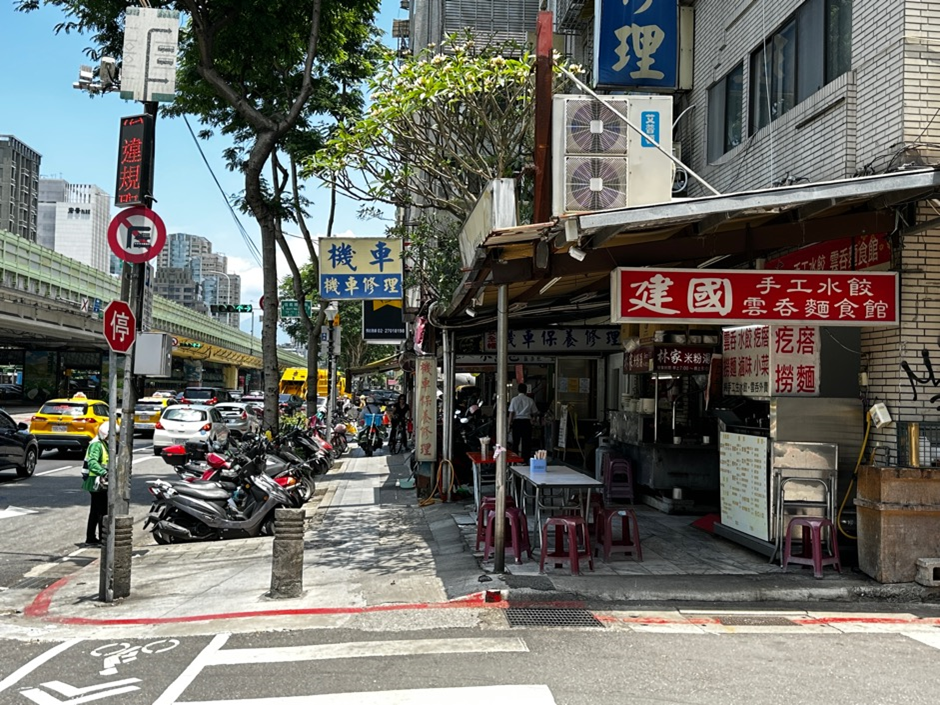
Figure 4 The complication of socio-spatial hierarchy in Taiwan, especially after the pandemic. (Source: the author)
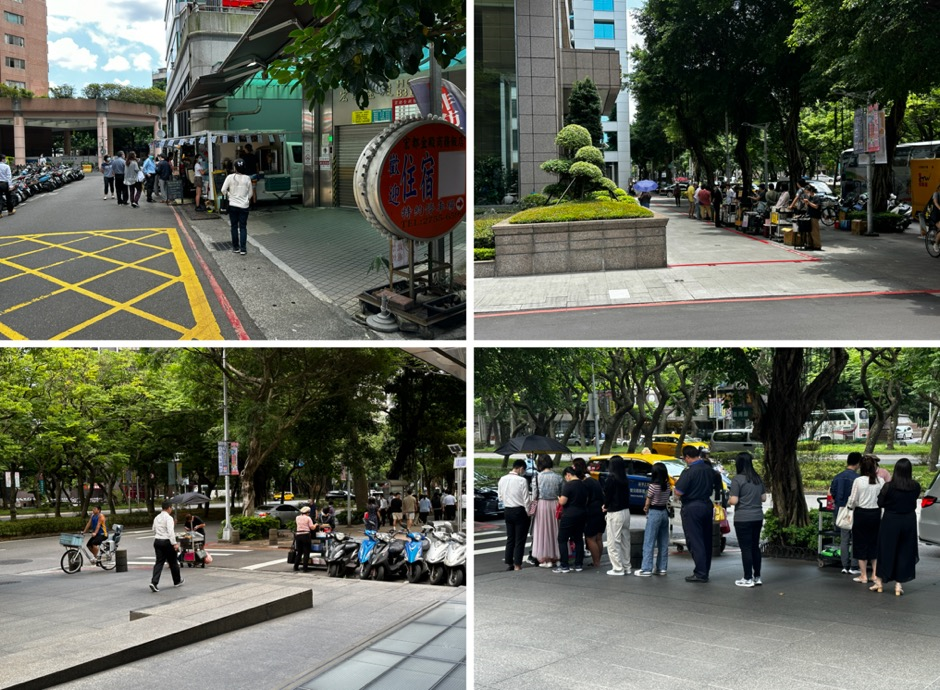
Figure 5 The appearances of street hawkers and their customers in Taipei’s ‘CBD’ areas. (Source: the author)